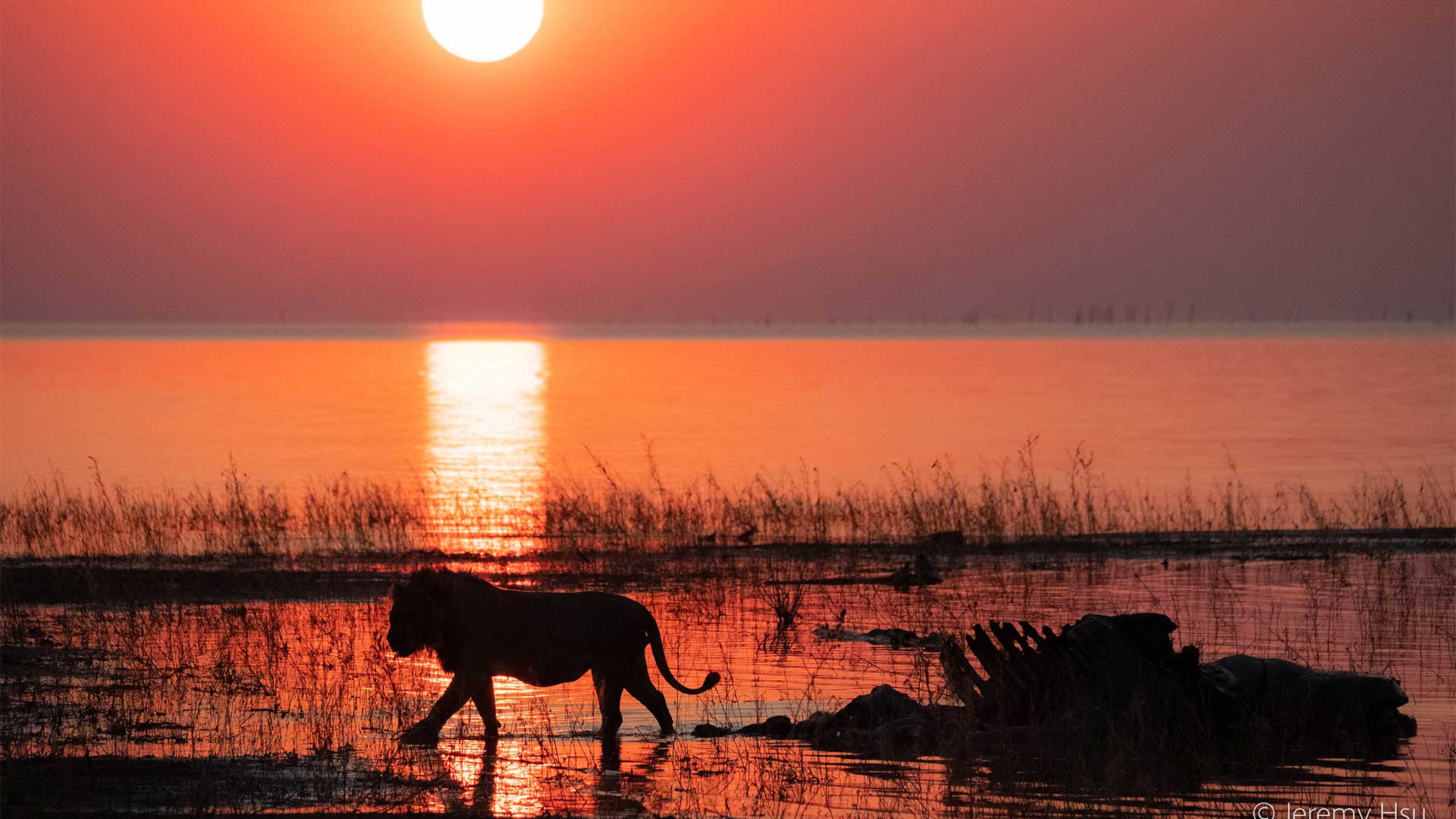Matusadona National Park, located in the northern region of Zimbabwe, covers an impressive 1,407 square kilometres and is a hidden gem often overlooked by travelers. This park, nestled against the backdrop of the beautiful Lake Kariba, offers an incredible array of wildlife, scenic beauty, and thrilling outdoor activities. Embark on a virtual journey into the heart of wild Africa and explore the rich biodiversity, landscape, and cultural significance of Matusadona National Park!
History: A Rich Tapestry
The history of Matusadona National Park is multifaceted, reflecting the complexity of nature, human intervention, and the continual quest for balance. The park’s story is a microcosm of broader environmental and social themes, from ancient indigenous cultures to modern conservation struggles.
The region’s history can be traced back to ancient times when indigenous people, including the Batonga, lived harmoniously with the land. They practiced fishing, agriculture, and hunting, leaving behind a rich tapestry of cultural traditions that continue to influence the area today.
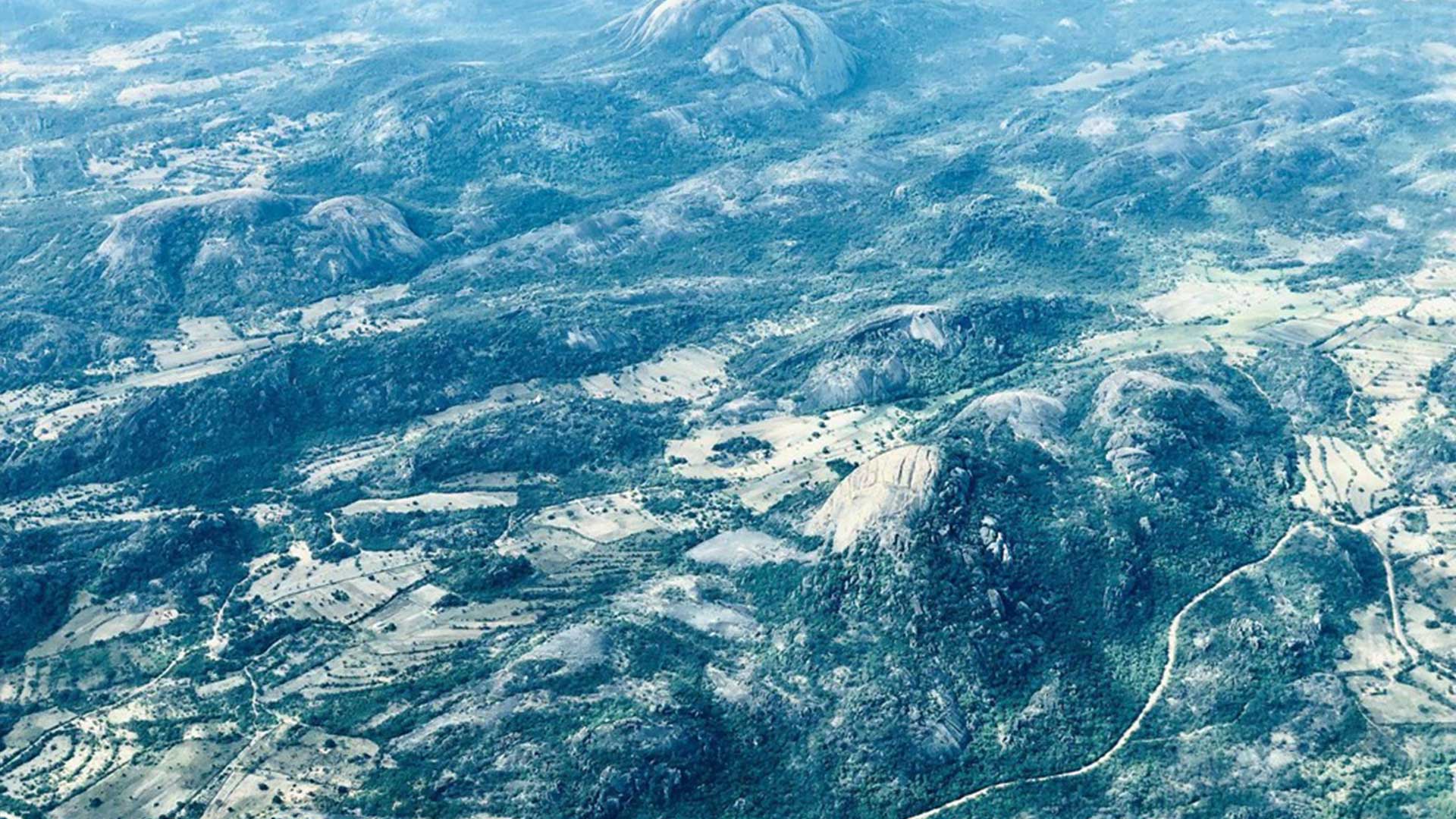
The park’s name, ‘Matusadona,’ comes from the local Batonga word ‘Matuzviadonha,’ meaning ‘falling dung.’ This unusual name is said to describe the appearance of the park’s hills, which look like elephant dung.
Creation of Lake Kariba
The decision to build the Kariba Dam was driven by economic and developmental aspirations. However, little did the engineers anticipate the sheer scale of environmental upheaval it would cause. As the dam began filling, it rapidly inundated vast areas, displacing both human and animal populations. This led to the formation of several islands where countless animals became trapped, cut off from the mainland.
Operation Noah is one of the most remarkable wildlife rescue missions in history. Orchestrated in the late 1950s and early 1960s, it was an audacious response to the unforeseen ecological disaster resulting from the construction of the Kariba Dam on the Zambezi River. As the rising waters of Lake Kariba began to engulf vast tracts of land, thousands of animals found themselves stranded on emergent islands, facing the threat of drowning or dying from starvation.
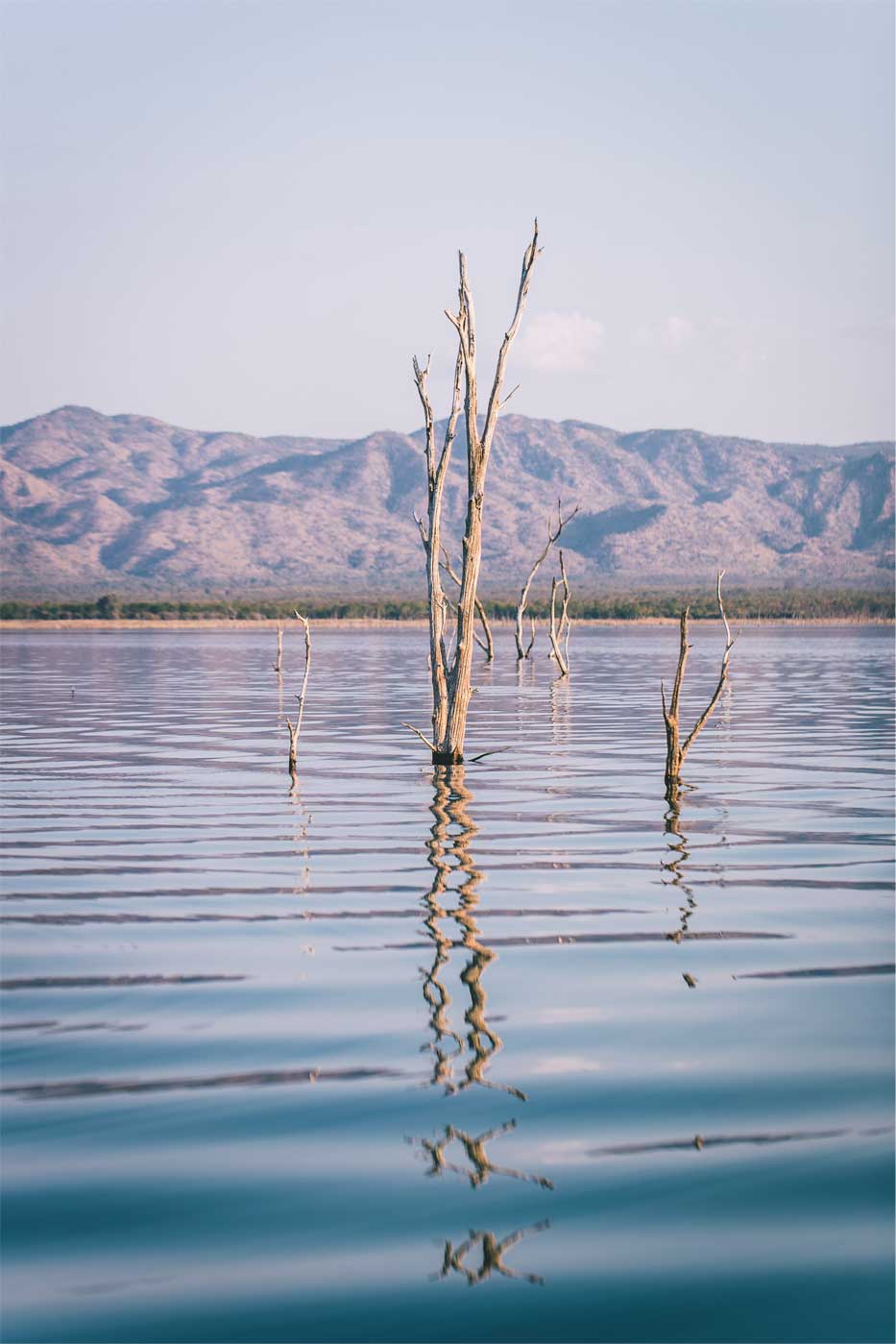
A Hero Emerges
Into this dire scene stepped Rupert Fothergill, a game warden with a profound love for Africa’s wildlife. Recognizing the urgency of the situation, Fothergill became the linchpin of Operation Noah, dedicated to rescuing and relocating as many animals as possible. He, along with a team of volunteers, undertook the dangerous task of capturing stranded animals and transporting them to safer grounds, mainly what would later be named Matusadona National Park.
Explore: Fothergill Island – Africa Renewed
The creation of Lake Kariba also displaced the Batonga people, forcing them to abandon their ancestral lands. Efforts to preserve and promote their culture within the park and nearby areas have been part of ongoing reconciliation.
Formation of Matusadona National Park
The area initially served as a game reserve, providing refuge for the animals rescued during “Operation Noah.”
In 1975, Matusadona was officially recognised as a National Park, cementing its place as a protected wildlife area and paving the way for controlled and sustainable tourism.
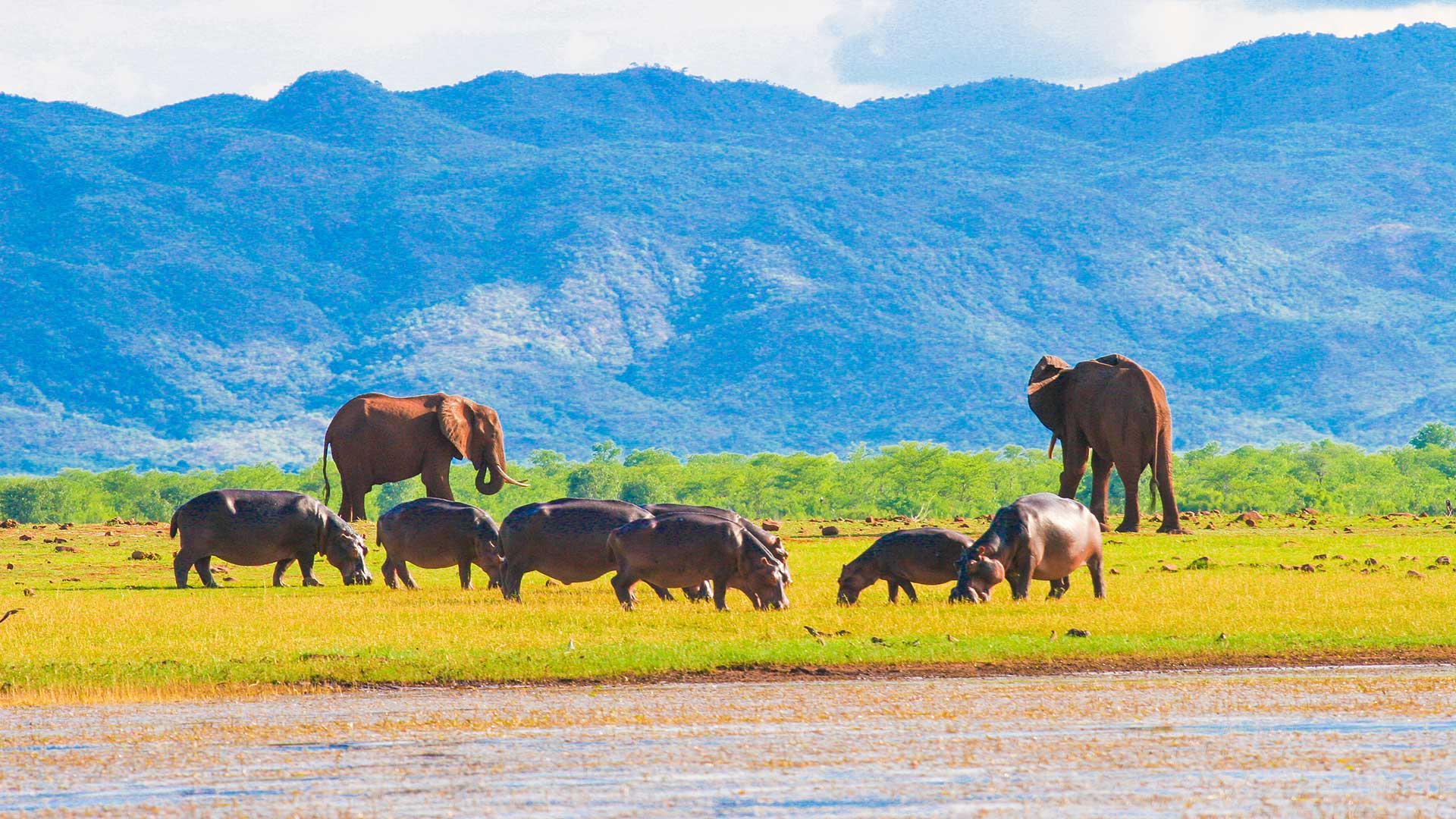
Biodiversity: A Thriving Ecosystem
Matusadona National Park boasts a diverse ecosystem and is home to a plethora of fauna and flora. It’s known for its significant populations of elephants, buffalo, and antelope.
The park’s natural landscapes, ranging from grasslands to dense forests, shelter various animal species. Big predators, such as lions, leopards, and hyenas, are commonly sighted here. The park’s proximity to Lake Kariba ensures a regular influx of animals, especially during the dry season when they seek water.
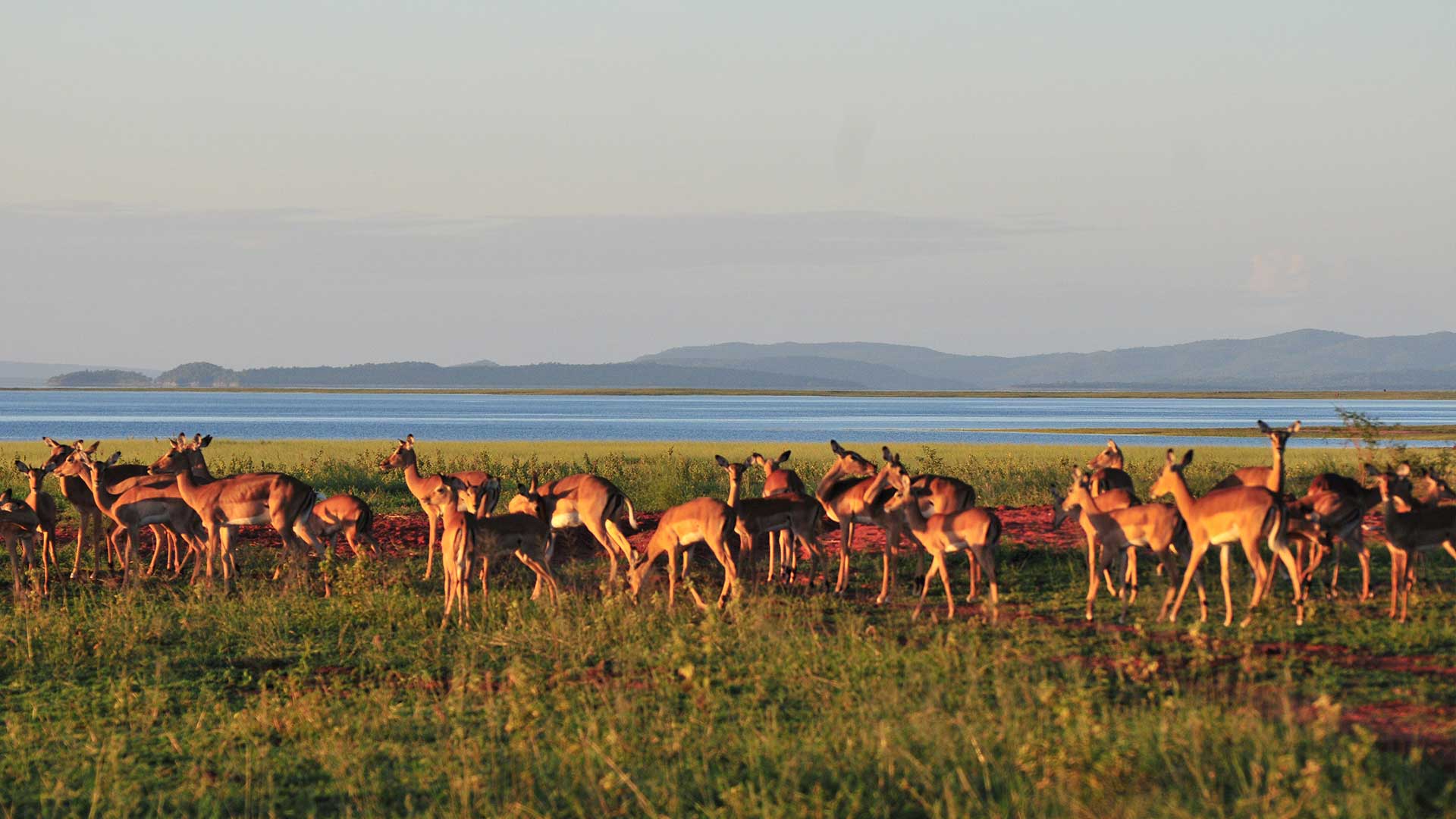
Bird enthusiasts can also indulge in spotting over 240 species of birds, including fish eagles, kingfishers, and the colorful Carmine bee-eaters.
Flora
The vegetation in Matusadona is a unique blend of different ecological zones, which includes the Zambezi Valley floor and the Matusadona Range. This rich diversity has created habitats for numerous plants and animal species, adding to the area’s ecological importance.
The landscapes within Matusadona National Park are breathtaking. The Matusadona mountains form a beautiful backdrop against the blue waters of Lake Kariba.
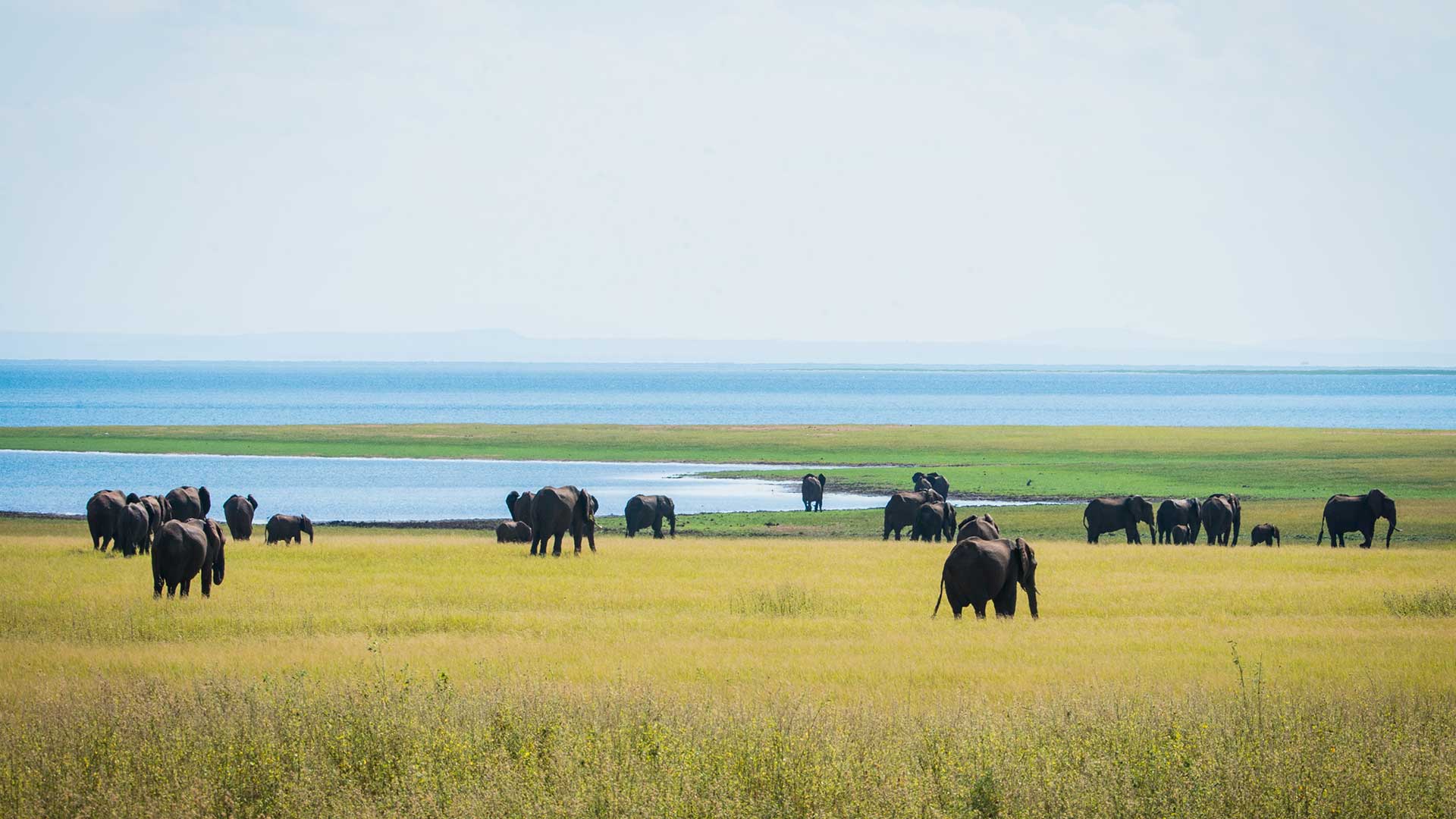
Lake Kariba
This man-made lake is one of the largest in the world and adds a dramatic touch to the park’s scenery. It serves as a lifeline for the animals and offers various water-based activities such as fishing, boating, and lake cruises.
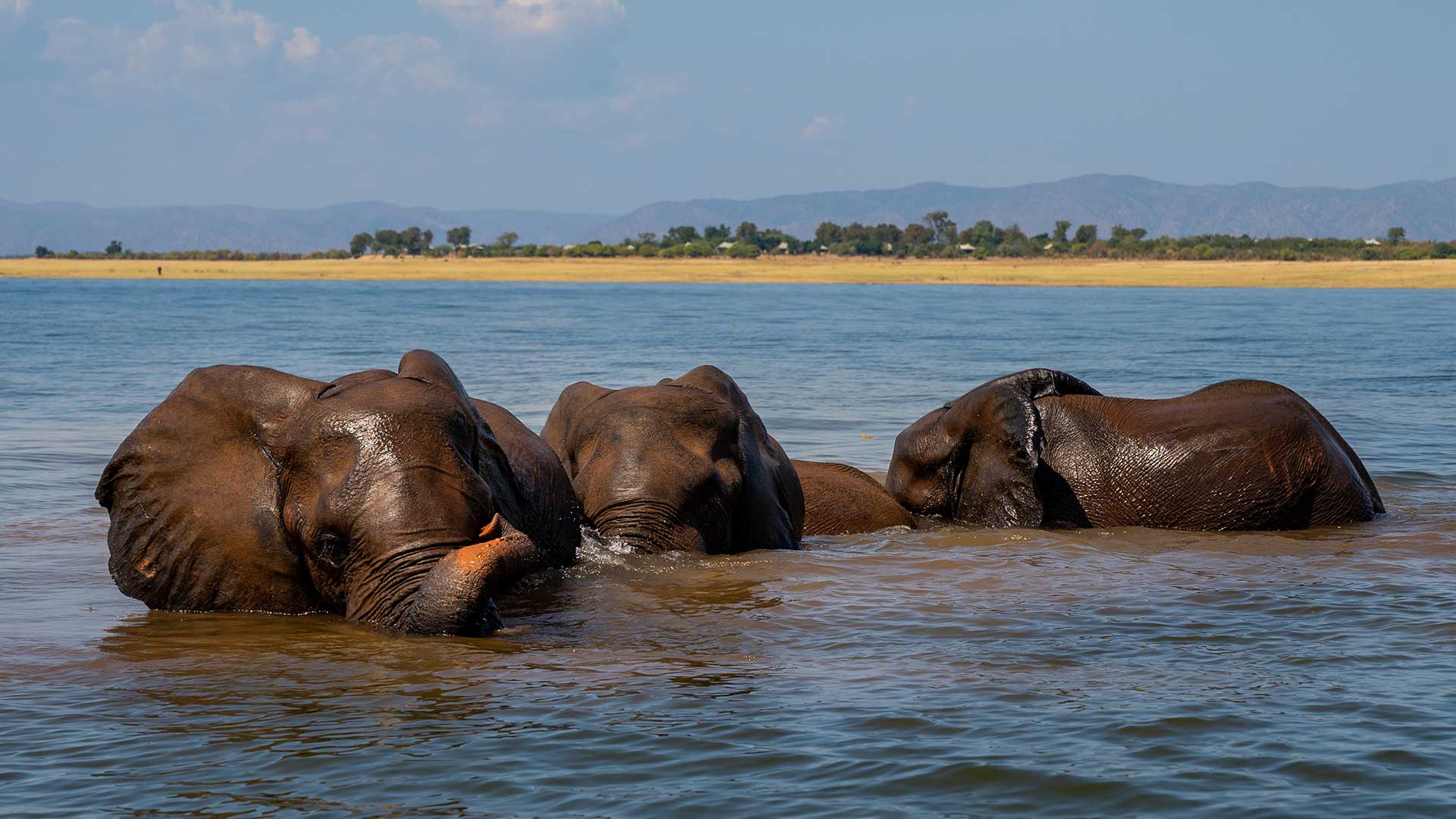
Activities: Adventures Await
Matusadona National Park offers a broad spectrum of activities that cater to every kind of nature lover. The park has something to offer whether you are a thrill-seeker or enjoy peaceful tranquillity.
Game Drives: Guided game drives allow one to explore the wilderness and observe animals in their natural habitat.
Walking Safaris: For those seeking a closer connection with nature, guided walking safaris offer an intimate experience.
Fishing: Lake Kariba is famous for its tiger fish and offers exciting fishing opportunities.
Cultural Visits: Engaging with local communities and learning about their traditions can add depth to your visit.
To Do Nearby: Bungee Jumping & Whitewater Rafting At Victoria Falls
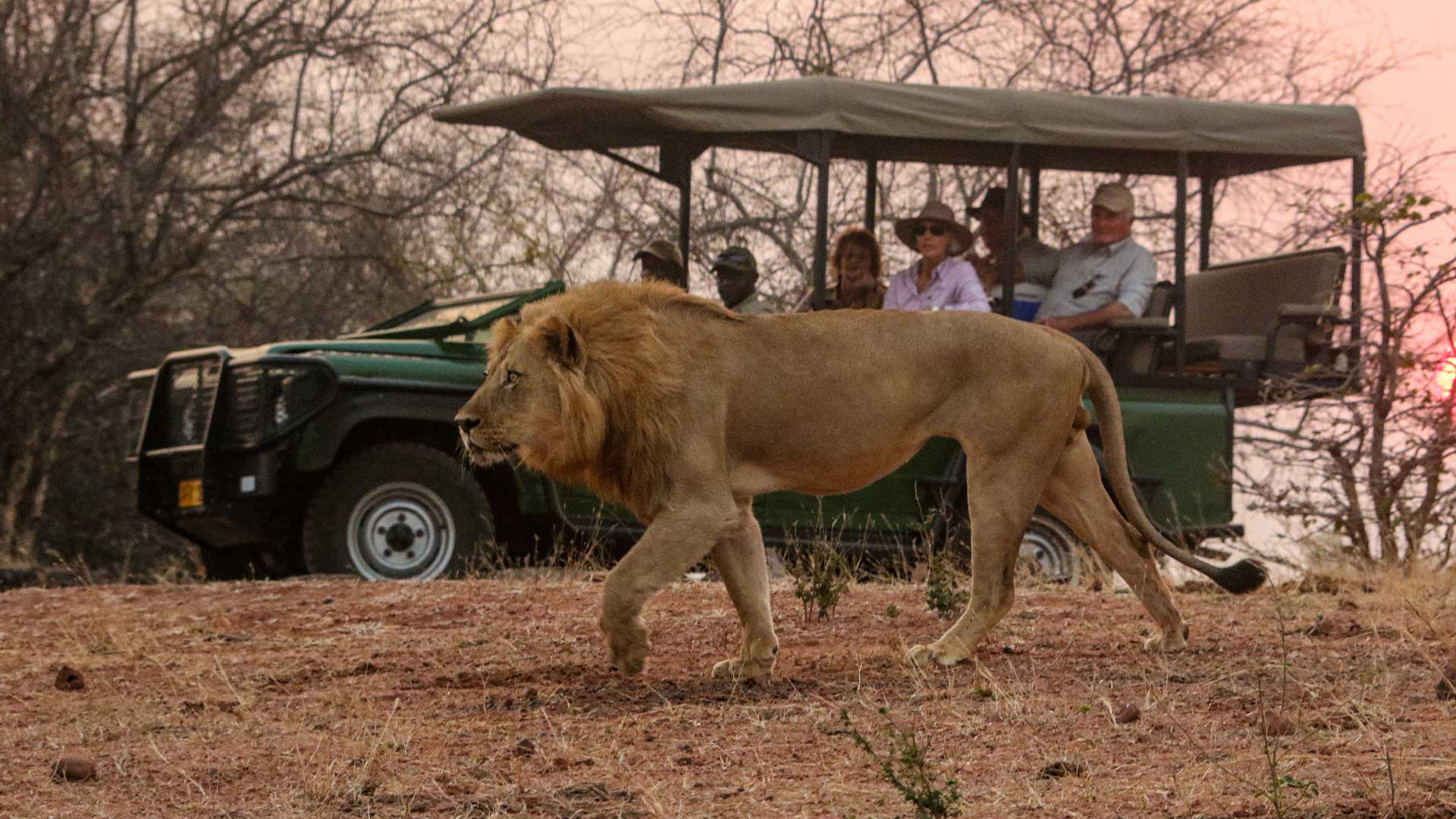
Conservation Efforts
The park’s dedication to conservation is evident in its ongoing efforts to protect and preserve its wildlife. There are continuous measures taken to prevent poaching and manage human-wildlife conflict.
Conclusion
Matusadona National Park is more than just a tourist destination; it’s a celebration of nature where the wild thrives, and the soul rejuvenates. Its varied landscapes, abundant wildlife, exciting activities, and heartfelt conservation efforts make it a must-visit destination for those seeking an authentic African experience.

By promoting sustainable tourism and maintaining harmony with nature, Matusadona is preserving its beauty for the future and allowing us to reconnect with the earth and rediscover our roots. Whether you’re a wildlife enthusiast, an adventure seeker, or someone looking for serenity, Matusadona National Park beckons you to explore its wonders and lose yourself in its wilderness.

Getting to Zimbabwe has never been easier, thanks to Mack Air! With scheduled flights in and around the area almost daily, you’ll have no trouble getting to where you need to be.
Book your trip to Zimbabwe today and discover the beauty of Matusadona National Park in person.
